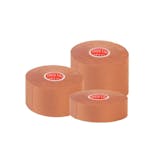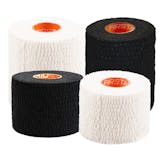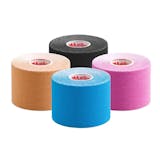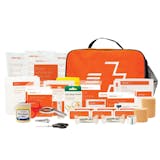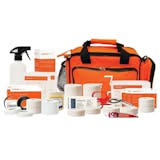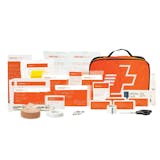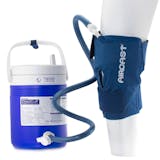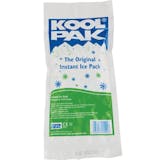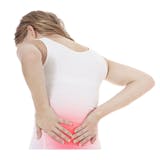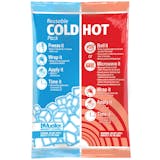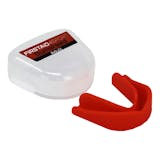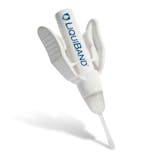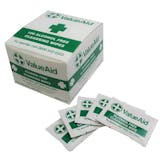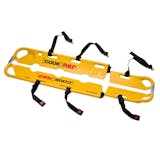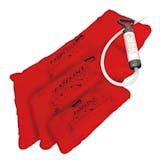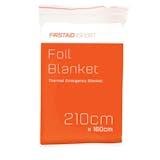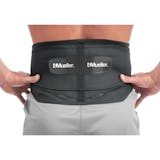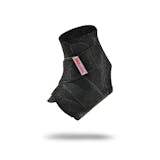Blisters
Causes
- Badly fitting shoes and clothing
- Long walking/running events such i.e. marathons
- Damp feet
Symptoms
- Redness over the skin
- Fluid filled ‘bubble’ appearing on the skin
- Soreness
Treatment
- Blister plasters and dressings
- Creams and gels
- Properly fitting shoes and suitable sports socks
What are the Causes of Blisters?
The main cause of blisters is friction being applied to a specific area of the skin causing irritation and a build-up of either serum or plasma under the skin. Blisters can also become filled with pus which is usually a sign of infection. Blisters usually come as a result of poorly fitting shoes which rub against the skin and are commonly seen in runners and athletes who partake in marathons or a lot of up-hill activity. Blisters are also a common complaint in racket sports due to friction of the racket on the hands. Blood blisters occur when the skin is tightly pinched, causing a bleed into the skin tissue. These usually form as a result of sudden impact to the skin and are common in sports such as rugby and football where players can stand on each others’ toes or catch the back of the heel.
What are the Symptoms of Blisters?
Symptoms tend to appear as bubble like mounds on the surface of the skin which become red as a result of the friction placed on the area. Patients complain of a soreness and swelling around the area and a tightness and discomfort in footwear.
What is the Treatment for Blisters?
Usually a small blister can be left alone to heal on its own, however for blister prone areas or larger, more painful blisters, treatments such as blister lubricant can be applied to aid the healing process as well offer preventing further damage. Hydrocolloid plasters and dressings may also be worn to protect the area from further damage. These form a gel upon the surface of the skin providing a cushioned, moist wound environment.
Wearing properly fitting shoes and specialist sports socks will prevent blisters from reoccurring and ensuring that feet stay dry by changing socks frequently or using foot powder is advised as blisters are more likely to occur on damp or wet feet. Using taping and strapping such as pro strips and zinc oxide tapes on blister prone areas is also beneficial to protect the skin and prevent friction from rubbing footwear. See our full range of footcare products or blister care.


